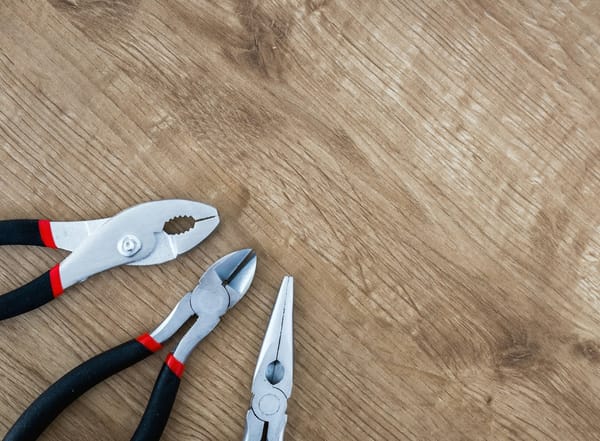Buy, Refurbish, Refinance (BRR): Build Wealth by Recycling Your Cash

The Buy, Refurbish, Refinance (BRR) strategy has become a go-to method for property investors who want to grow their portfolio without constantly injecting fresh capital. It combines elements of flipping and long-term rental, allowing you to force appreciation through renovation, then refinance to release equity — all while holding the asset.
This strategy is particularly powerful in undervalued or up-and-coming areas and can work across standard buy-to-lets, HMOs, and even commercial-to-residential conversions.
How BRR Works in Practice
The BRR process follows three main steps:
1. Buy Below Market Value
You purchase a property — ideally one that’s dated, tired, or structurally sound but cosmetically unappealing — for below its potential market value. Motivated sellers, auction properties, or repossessions are common sources.
2. Refurbish to Add Value
Through renovations (e.g. new kitchen, bathroom, redecoration, layout changes), you increase the property’s market value. The focus is on improvements that deliver the highest return, not overdevelopment.
3. Refinance Based on New Value
Once refurbished, you refinance the property at its new market value, releasing a portion of the increased equity. You then use that released capital as the deposit for your next deal — and repeat the process.
A Simple Example
Let’s say:
- You purchase a property for £100,000
- You spend £20,000 on refurbishment
- The property is revalued at £160,000
- You refinance at 75% loan-to-value = £120,000 mortgage
This gives you £120,000 back, which covers your initial purchase (£100k) and refurb (£20k) — essentially recycling most or all of your capital.
Now you own a cash-flowing, renovated property with little to no money left in the deal.
Key Benefits of BRR
Recycle Your Capital
This is the biggest appeal. By pulling your money out of each deal, you can build a portfolio quickly without saving for each new deposit from scratch.
Force Appreciation
Unlike standard BTL, where you wait for the market to rise, BRR allows you to create value instantly through improvements.
Flexibility Across Strategies
You can apply BRR to single lets, HMOs, or commercial conversions, depending on your experience and appetite.
Control Over Results
Because you’re buying and renovating, you have more control over the property’s value, layout, and tenant appeal.
Challenges and Risks
Revaluation Isn't Guaranteed
Surveyors don’t always agree with your projected figures. If the new valuation falls short, you may not be able to extract as much equity as planned.
Upfront Capital Still Required
You still need money to buy, renovate, and fund legal and finance costs. While you may recover most of it, the cash is needed upfront.
Timing is Critical
You’ll need to manage the refurbishment efficiently and often hold the property for several months before refinancing is permitted (most lenders require at least 6 months ownership).
Renovation Risk
Contractors, timelines, and budgets don’t always go to plan. Delays or overspends can erode your return and delay the refinance.
The BRR Checklist: What Makes a Good Deal?
To make BRR work, you need the right type of property in the right area, with enough margin to make the numbers stack.
Key criteria include:
- Below-market value purchase (motivated seller, distress, auction)
- Scope to add value (cosmetic or structural improvements)
- Comparable properties with higher post-refurb value
- Strong rental demand to support the mortgage after refinance
- Stable local market with lender appetite
Tips for a Successful BRR Project
- Build a strong power team: Good contractors, mortgage brokers, and surveyors are essential
- Use bridging or short-term finance if buying un-mortgageable properties, then refinance onto a standard BTL product
- Track your refurb budget closely and build in contingency
- Document every improvement (photos, invoices, plans) to support the revaluation
- Start conservatively: It’s better to leave £5k in a deal that performs well than chase an over-ambitious full pull-out and get stuck
Who is BRR Best Suited For?
This strategy works best for:
- Investors with access to upfront capital but who want to scale quickly
- Those comfortable managing refurbishments or working with builders
- People who enjoy adding value and want more control over deals
- Investors seeking a hybrid approach between flipping and long-term rental
It’s not ideal for passive investors, or those uncomfortable with project management, property finance, or valuations.
Final Thoughts
Buy, Refurbish, Refinance is one of the most efficient and scalable strategies in the property world. When executed well, it allows you to build long-term wealth, create monthly income, and unlock equity — all with the same pot of money, used over and over again.
It requires diligence, realism, and a good eye for value — but with the right approach, BRR can be the strategy that moves you from starter investor to seasoned portfolio builder.





